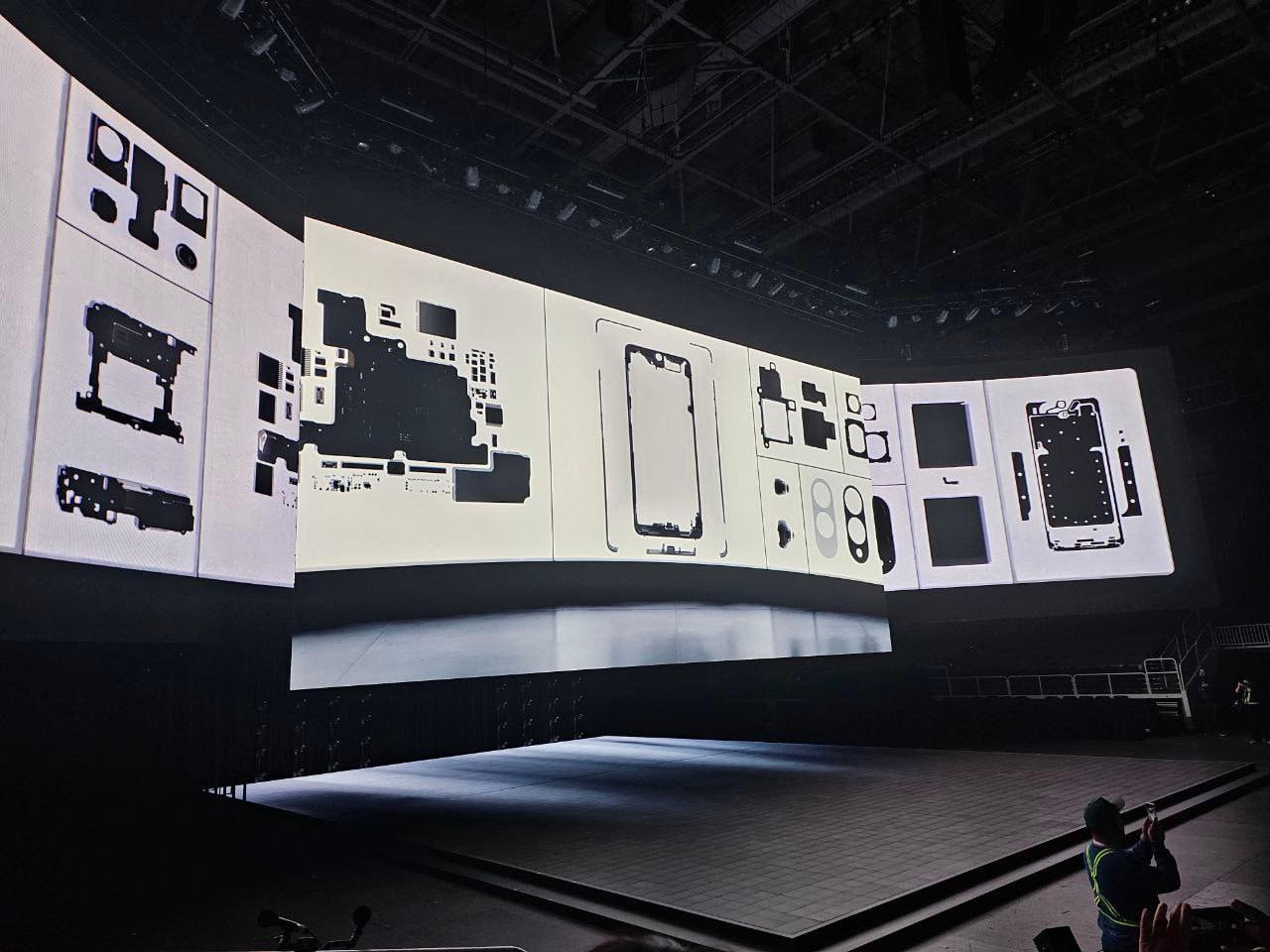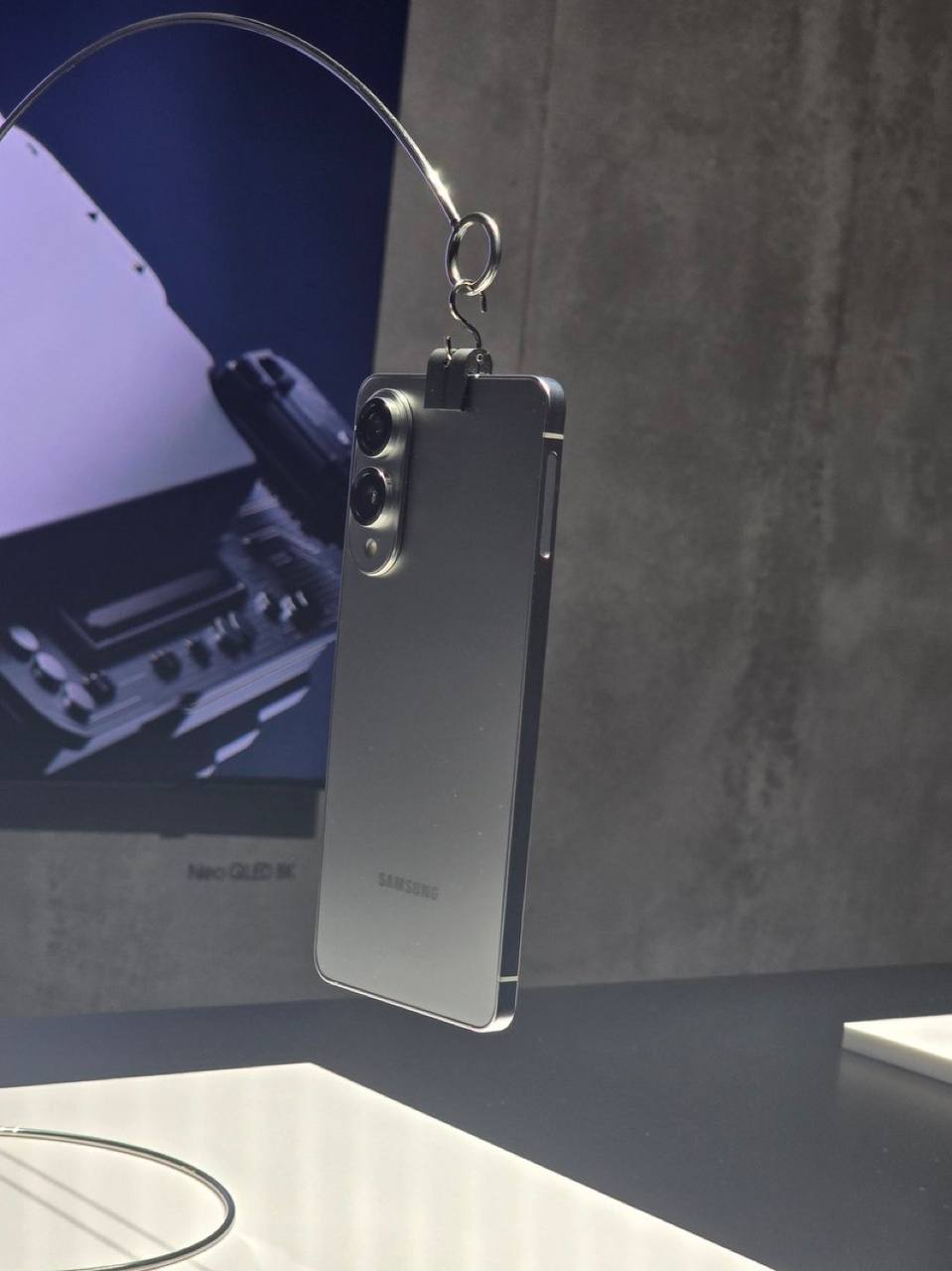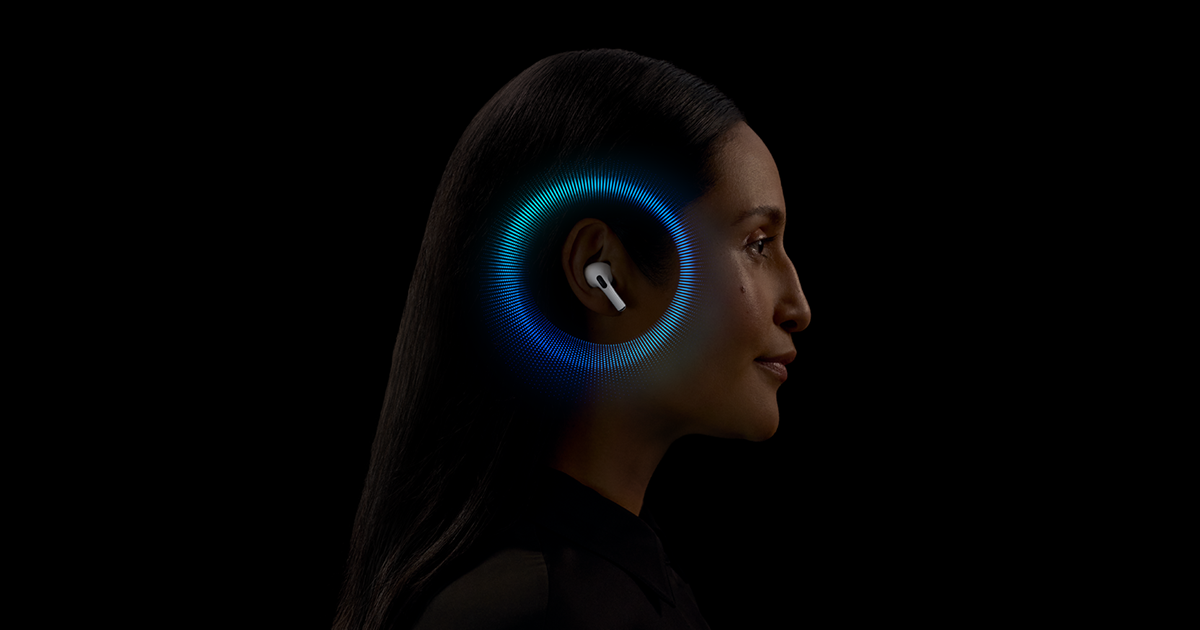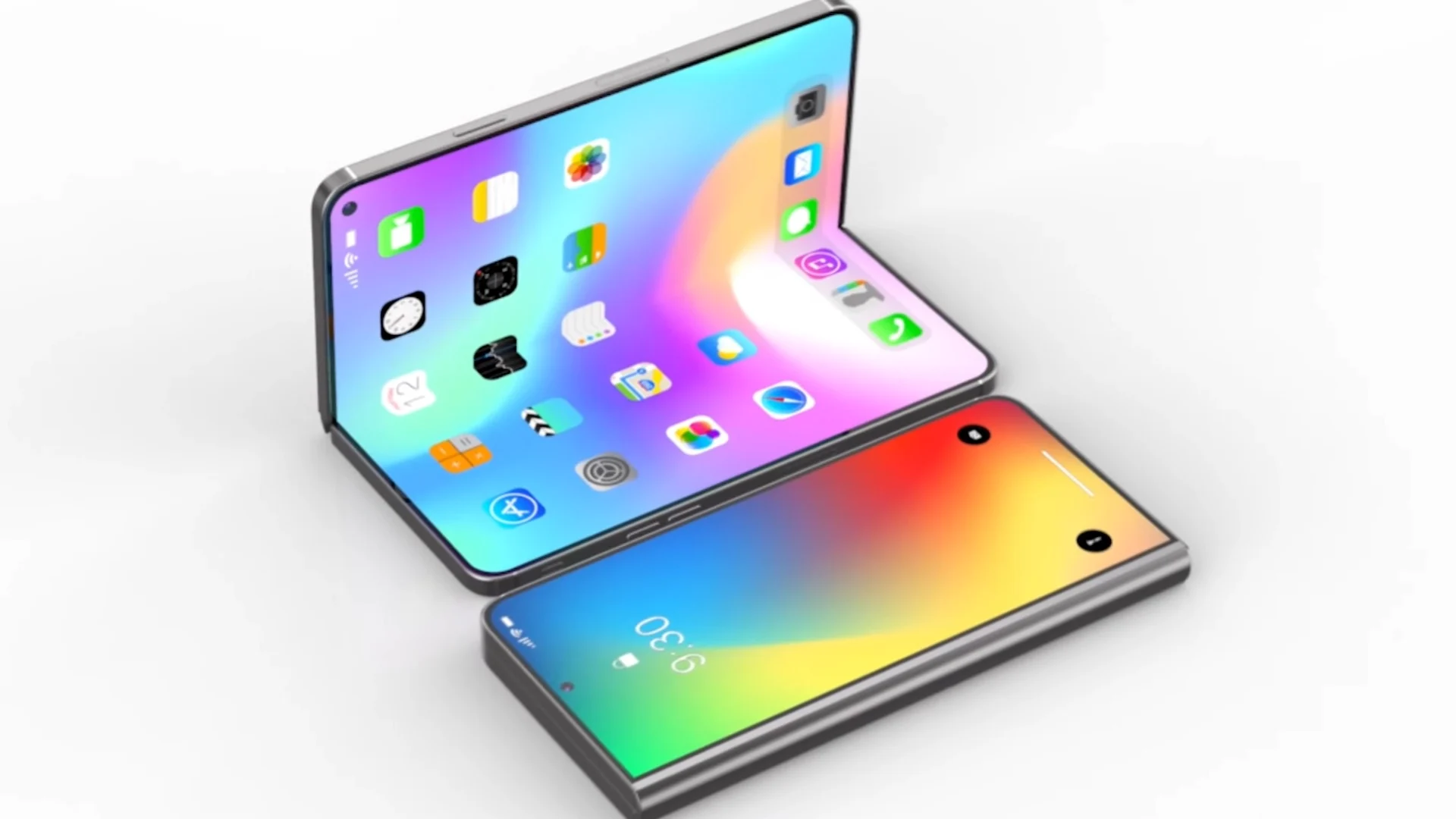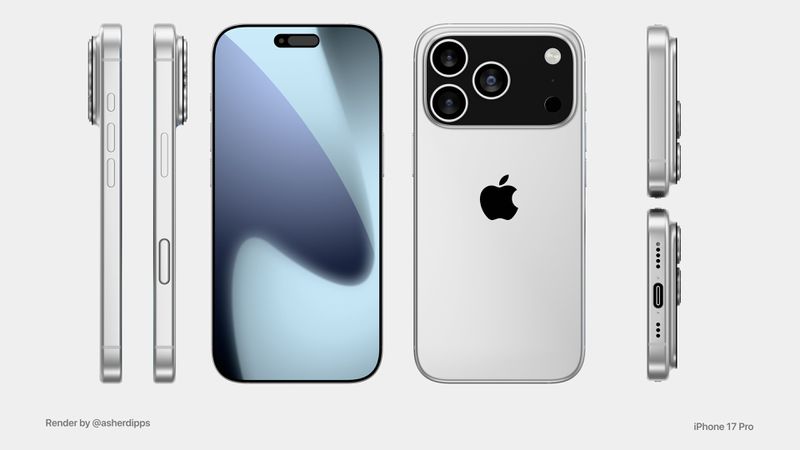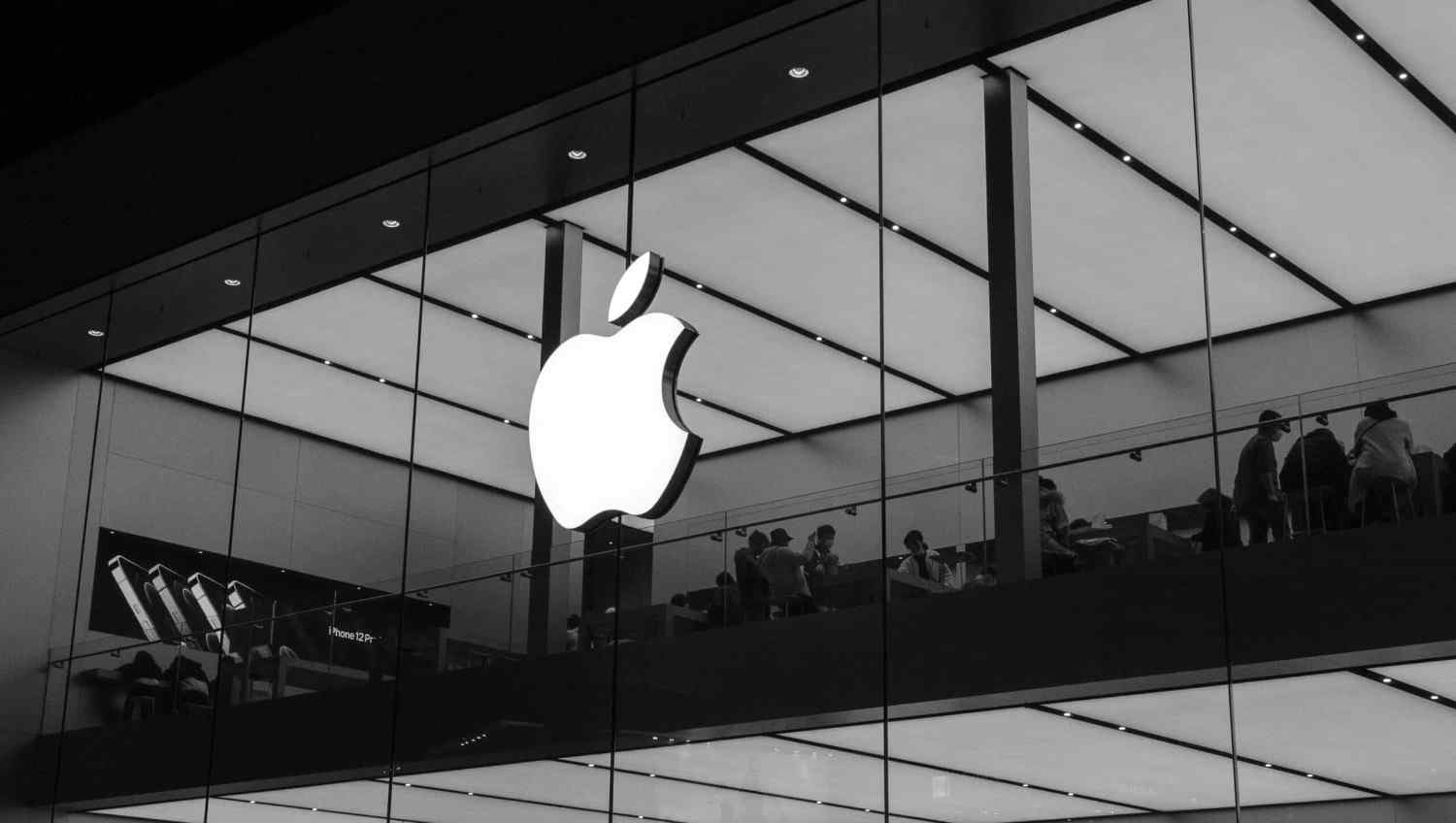Macworld argues that Samsung’s latest Galaxy S25 has taken inspiration from over a dozen iPhone features. From the phone’s sleek, straight-edged design to how its AI assistant displays, Samsung seems to have borrowed quite a bit from Apple.
Macworld’s Mahmoud Itani highlights this, starting with the AI features. The Galaxy S25 has integrated AI similar to Apple’s, allowing users to connect with third-party chatbots like Google Gemini, just as Apple does with ChatGPT in its system. When activating Gemini on the Galaxy S25, users see a text box with a colorful, glowing border, which looks a lot like Siri’s interface on iPhones. Additionally, the text selection tool in Samsung’s phone mimics Apple’s Writing Tools, offering options to proofread or transform text into tables.
Itani goes on to mention other features like the ability to record and summarize calls, perform natural language searches in the photo gallery, and a photo editing tool that resembles Apple’s Image Playground. There’s also a new feature similar to Apple’s Live Activities, called the Now Bar, and enhanced audio features for video recording akin to Apple’s cinematic audio.
9to5Mac’s Viewpoint
It’s clear that Samsung often looks to Apple for inspiration. Their strategy seems to involve quickly bringing to market features similar to those rumored or leaked for upcoming iPhones, aiming to beat Apple to the punch. However, Apple isn’t innocent of copying either, as both companies tend to adopt similar technologies once they’re mainstream.
Ultimately, this mutual borrowing is beneficial. The competitive pressure drives each company to innovate and perfect their offerings, leading to better products for consumers.
